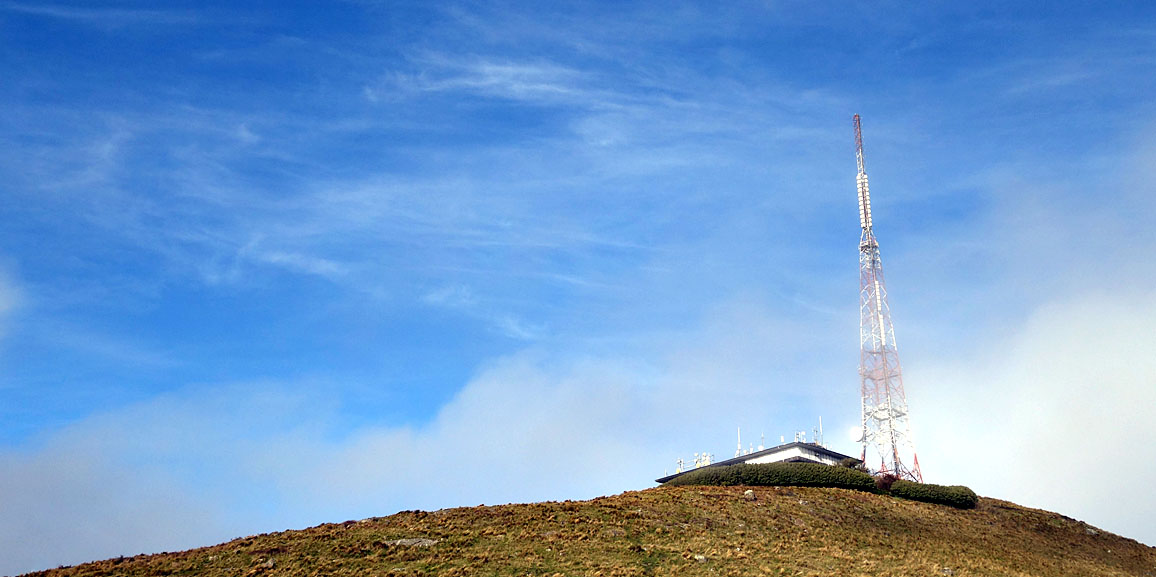Getting a station on-air is only one half of the battle. Keeping the service on air without dead-air or degradation in quality presents new challenges. Off-air signal monitoring signal is essential to ensure listeners are hearing what you think they are. It’s important not only to be monitoring that the service is on air, but also that performance meets expectations – measurements such as peak deviation, MPX power, pilot and sub-carrier levels, RDS data verification and more.
There are many FM monitoring products available to broadcasters – each with vast feature lists and input/output connections. When choosing the right product for you, it is important to consider the purpose of the the equipment. Some questions you should be asking:
[list type=”icon-arrow”]
- Where will the equipment be housed?
- Do you wish to listen to the service remotely?
- Do you want email alerts of changes in performance?
- Do you need to gather real-world coverage data?
[/list]
Southern Broadcast recommends the range of DEVA Broadcast FM monitoring receivers, and there’s a DEVA tool for every job. We’ve summed up each of their best applications, so scroll down to see which is the best for you. Once you have read what the chosen receiver can do, simply click the link to access a live online demo.
[heading type=3]DEVA Broadcast DB4004[/heading]
Need the very best tool for the job, with every I/O capability and monitoring parameter you’ll ever need? Even RF and MPX spectrum analysis?

DEVA Broadcast refer to it as ‘The Ultimate Award Winner’ and it’s had a fair share of industry accolades. It’s easy to see why, this receiver packs an impressive amount of features into a 1RU and is our recommended receiver for those looking for a serious monitoring receiver. There’s front panel headphone port, analog/digital audio outputs to drive speakers and a composite output from the FM tuner if needed for re-broadcast.
The front panel has dedicated modulation and audio level meters – and the front panel display reveals a menu filled with toys. You can even perform FFTs of the RF spectrum to check for spurious and relative levels of nearby broadcasts. A switchable internal attenuator makes taking readings right at the transmitter site possible. Logging and front panel graphs allow easy checking of previous data to check listener complaints, and live audio streaming makes it easy to listen in to a remote site before loading up the van with tools. Automatic email alarms alert you of any unexpected changes and faults before a listener does. If the budget allows, the DB44 is certain to provide a very powerful tool!
DB4004 Online Demo
[heading type=3]DEVA Broadcast Radio Explorer II[/heading]
Do you want to monitor signal strength and other parameters on the move? Need accurate real-world measured coverage plots?

The Radio Explorer II is designed to work in the most dynamic environment – in the field alongside the station’s audience. With just a click of a button, the device turns into the perfect tool for the evaluation and monitoring of the signal strength and quality of up to 50 pre-selected frequencies (Logger Mode) or up to 10 FM stations (PI/CALL Campaign). All that is needed is the reciever and a vehicle.
When the data gathering trip is over, all log files can be exported and displayed in Google Earth using included DEVA Device Manger software. The log files are saved for future analysis, especially useful when comparisons of past and current band congestion and coverage is required.
Radio Explorer II Online Demo
[heading type=3]DEVA Broadcast DB4000[/heading]
Want easy to read front panel monitoring, but don’t need all the bells and whistles? Is cost more of a concern than I/O connectivity?


The predecessor of the DB4004, the DB400 offers a more cost effective method of permanent monitoring of the quality and continuity of up to 50 FM radio stations. It’s a great tool for comparing your own broadcast with others in the market, whether that’s to compare processing and relative loudness or modulation levels.
Front panel meters and headphone port allow for easy sanity checking when in front of the receiver and as always the Ethernet remote allows for much more control. There’s no rear panel audio outputs for speakers or other distribution – for that you’ll need a DB4004. However, as a complete tool for measurement and logging of up to 50 stations the DB4000 performs very well.
DB4000 Online Demo
[heading type=3]DEVA Broadcast DB44[/heading]
Do you need to monitor a remote site with little access? Never need to check a front panel but want to see and listen from afar?

Looking less impressive than it is, the DB44 is designed to sit at a remote site and be used via the Ethernet remote interface. Simply connect a GSM modem and this little receiver will open up a range of monitoring capability to any site. Offering monitoring of RF level, MPX deviation, MPX power, left & right audio levels, RDS, and pilot injection levels there are adjustable alarms for RF, Deviation, Pilot and RDS signal.
For the best control you’ll want to provide the reciever with network access to make use of its full capabilities. The LAN interface doesn’t just provide remote control, it also offers live streaming audio of the received signal. It’s worth noting the black case is aluminium, not plastic so the equipment has high RF immunity which is so important when placed at a transmitter site. The DB44 really packs a punch for its small size.
DB44 Online Demo
[call_to_action_2 header=”Still confused?” content=”Get in touch and we’ll talk you through it” buttontext=”Contact us” background=”#1b8bd2″ background_hover=”#e84545″ url=”/contact” target=”_top”]

